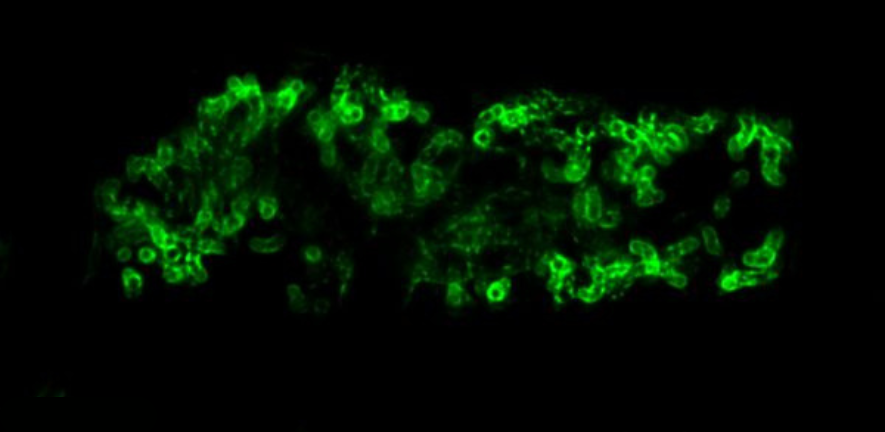
Submitted by Jane Durkin on Mon, 22/07/2024 - 15:47
Researchers from the Cereal Symbiosis team within the Crop Science Centre have made significant strides in understanding one of the most crucial relationships in plant evolution: arbuscular mycorrhizal (AM) symbiosis. This ancient partnership between fungi and plants is believed to be one of the key adaptations that enabled plants to colonise land over 450 million years ago.
Alongside colleagues from the Sainsbury Laboratory and NIAB, the team identified a set of evolutionarily conserved genes, molecular pathways, and transcription patterns that are linked to AM symbiosis, which originated before the diversification of land plants. One of the standout discoveries is the role of a gene known as ARBUSCULAR RECEPTOR-LIKE KINASE (ARK), which is essential for maintaining the mutualistic relationship between plants and fungi in this symbiosis.
Read more:
Reference: Sgroi M. et al., 'The receptor-like kinase ARK controls symbiotic balance across land plants', PNAS, July 2024, https://doi.org/10.1073/pnas.2318982121
Image: Rice plant colonised by the AM fungus Rhizophagus irregularis grown and imaged in the AMSlide. The arbuscule is surrounded by a green fluorescent protein.
